Blogs & News
We are focus on automotive wiring harness & connectors technology.
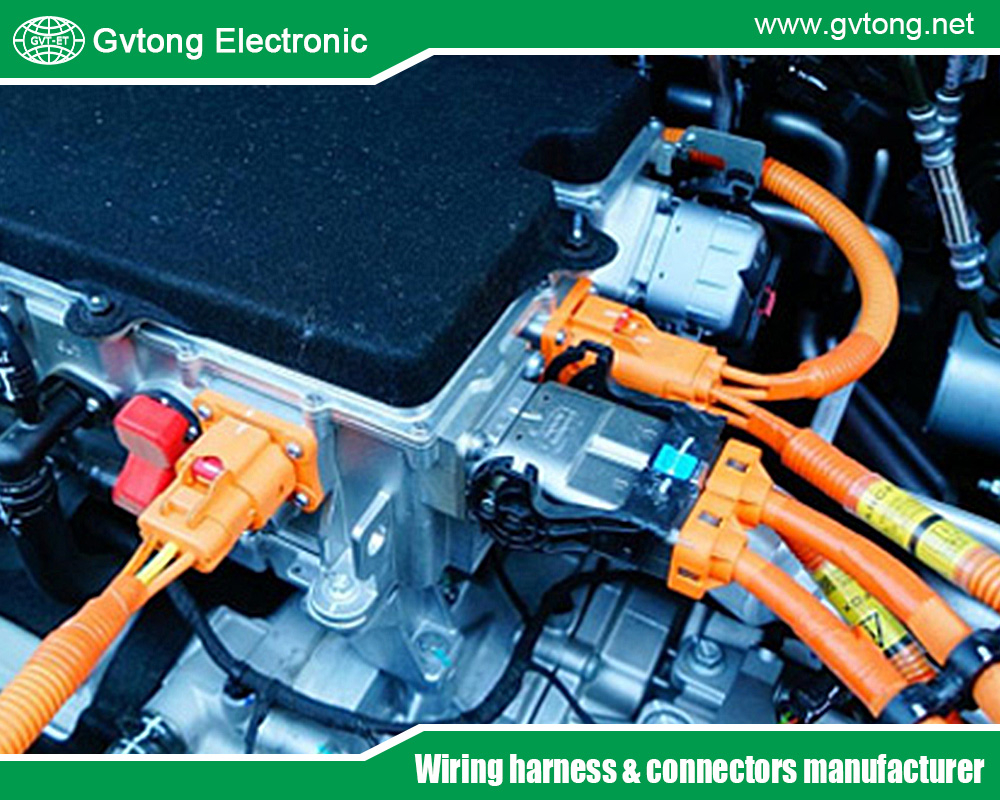
How Can Automotive Connector Manufacturers Seize the Market
- Gvtong Electronic
- 4-wire pigtail connectors manufacturer, 7-cavity connectors manufacturer, Anti-vibration automotive connectors, automotive antenna connector, Automotive Camera LVDS Cable-Waterproof, Automotive Camera Module Connectors, automotive cavity connectors, automotive cavity connectors manufacturer, automotive coaxial connector, automotive connector, automotive connector manufacturers, Automotive Connector Manufacturers in 2025, automotive connector manufacturers in china, Automotive Connector manufacturers InThailand, Automotive Connector Supplier, automotive data connector, automotive data connectors manufacturer, automotive diagnostic connector, Automotive Electrical Connectors Manufacturer In Thailand, automotive high voltage connectors manufacturer, automotive high-frequency connectors manufacturer, Automotive Hybrid Connectors Manufacturer, automotive low voltage connectors manufacturer, automotive low voltage waterproof connectors manufacturer, automotive Oil-resistant Connectors, automotive power distribution, automotive Signal Connector, Automotive temperature - resistant connector, automotive vibration - resistant, cavity connectors manufacturer, Top 10 Automotive Connector Manufacturers, Top Automotive Connector Manufacturers in Hosur, Waterproof Automotive Connector Manufacturers China
- No Comments
How Can Automotive Connector Manufacturers Seize the Market
The automotive industry is undergoing a profound transformation, driven by the rise of electric vehicles (EVs), autonomous driving technologies, and increasing connectivity demands. At the heart of this evolution lies the automotive connector market, which provides the essential linkages for electrical and electronic systems in vehicles. These connectors ensure reliable data transmission, power distribution, and signal integrity across components like sensors, infotainment systems, batteries, and advanced driver-assistance systems (ADAS). As vehicles become more sophisticated, the role of connectors has expanded from simple wiring solutions to critical enablers of smart mobility.
In 2025, the global automotive connector market is valued at approximately USD 7.33 billion, with projections indicating growth to USD 9.14 billion by 2030 at a compound annual growth rate (CAGR) of 4.51%. This expansion is fueled by the electrification trend, where EVs require high-voltage connectors capable of handling greater power loads, and the proliferation of connected vehicles demanding high-speed data connectors. However, the market is highly competitive, with major players like TE Connectivity, Yazaki Corporation, Aptiv PLC, Sumitomo Electric Industries, Molex, and Amphenol Corporation dominating through innovation and scale.
For manufacturers aiming to seize market share, success hinges on strategic adaptation. This involves not only capitalizing on emerging opportunities but also navigating challenges such as supply chain disruptions, regulatory complexities, and economic volatility. The automotive sector’s shift toward sustainability and digitalization presents fertile ground for growth, but it requires proactive measures. This article explores key strategies for automotive connector manufacturers to capture and expand their market presence, drawing on industry trends, data, and best practices. By focusing on innovation, quality, global expansion, sustainability, and partnerships, manufacturers can position themselves as leaders in this dynamic landscape.
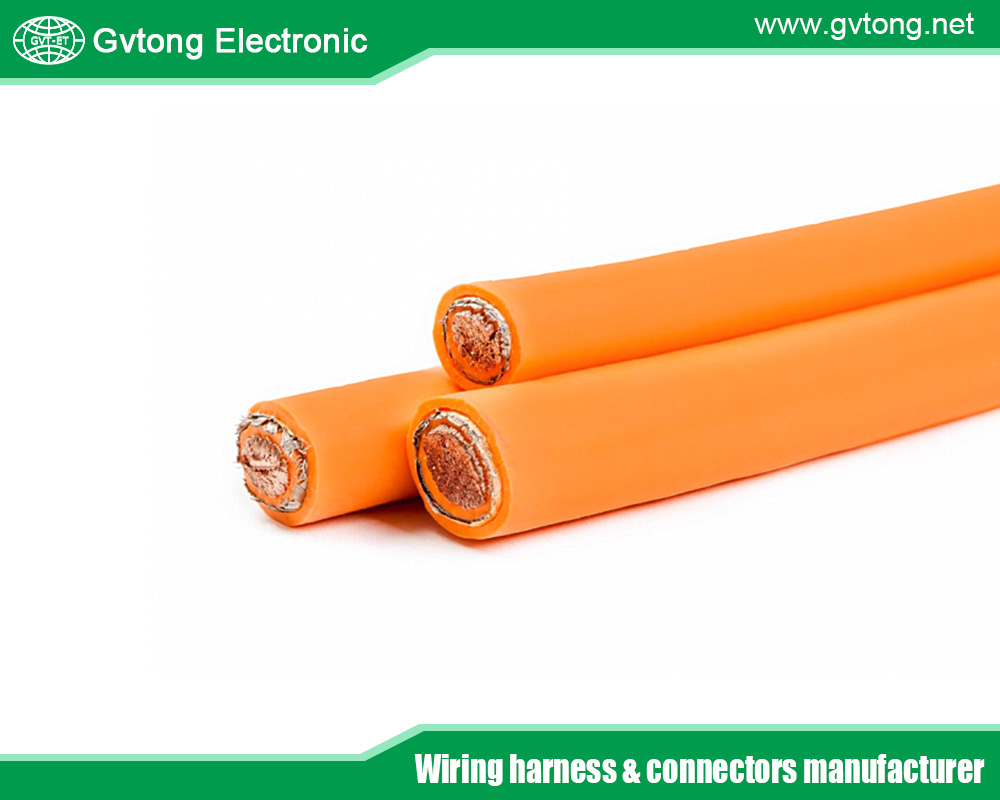
Understanding the Market Landscape
To seize the market, automotive connector manufacturers must first grasp its current state and future trajectory. The automotive connector market encompasses a wide array of products, including sealed and unsealed connectors, wire-to-wire, wire-to-board, and high-voltage variants. In 2025, the market’s growth is propelled by the increasing integration of electronics in vehicles, with passenger cars accounting for the largest share due to rising consumer demand for features like infotainment and safety systems.
Market segmentation reveals opportunities in specific areas. For instance, sealed connectors are expected to hold 67.50% of the market share by 2024, growing at a CAGR of 8.10%, as they offer superior protection against environmental factors in harsh automotive conditions. Regionally, Asia-Pacific leads, driven by manufacturing hubs in China, Japan, and South Korea, while North America and Europe focus on advanced technologies for EVs and autonomous vehicles. The U.S. market alone reached USD 3.6 billion in 2024 and is projected to hit USD 5.2 billion by 2033.
Major players maintain dominance through extensive portfolios and R&D investments. TE Connectivity, for example, excels in high-performance connectors for EVs, while Yazaki focuses on lightweight solutions for fuel efficiency. However, smaller manufacturers can compete by targeting niche segments, such as connectors for commercial vehicles or aftermarket applications.
Challenges abound, including raw material price fluctuations, geopolitical tensions affecting supply chains, and the need to comply with stringent safety standards like ISO 26262 for functional safety. Economic slowdowns in key markets could dampen vehicle production, indirectly impacting connector demand. Yet, opportunities arise from the EV boom, with global EV sales expected to surge, necessitating specialized high-voltage connectors. Manufacturers can seize share by analyzing these dynamics and aligning strategies with high-growth areas like ADAS, which requires robust data transmission connectors. A thorough market analysis, including competitor benchmarking and customer needs assessment, is foundational for any seizure strategy.
Embracing Technological Innovations
Innovation is a cornerstone for capturing market share in the automotive connector industry. As vehicles evolve into “computers on wheels,” connectors must support higher data rates, greater power capacities, and seamless integration with emerging technologies. Manufacturers should invest heavily in R&D to develop next-generation products that address these needs.
One key trend is the shift toward electrification. EVs and hybrid vehicles demand connectors that can handle voltages up to 800V or more, with enhanced thermal management to prevent overheating. By 2030, the rise of EVs is expected to drive significant demand for high-speed, high-power connectors. Companies like Aptiv are leading by offering modular connector systems that facilitate faster charging and battery management. To seize this segment, manufacturers can prioritize the development of lightweight, miniaturized connectors using advanced materials like aluminum or composites, reducing vehicle weight and improving efficiency.
Autonomous driving and ADAS present another innovation frontier. These systems rely on connectors for sensor fusion, LiDAR, radar, and camera integration, requiring low-latency, high-bandwidth solutions. Trends toward 5G connectivity and vehicle-to-everything (V2X) communication amplify this need. Manufacturers can differentiate by creating connectors with built-in shielding against electromagnetic interference (EMI), ensuring reliable performance in dense electronic environments.
Miniaturization is a pervasive trend, with automakers seeking compact connectors to save space and weight. This involves adopting micro-connectors and hybrid designs that combine power and signal in one unit. Additionally, smart connectors with embedded diagnostics can predict failures, aligning with predictive maintenance trends in the industry.
To implement this strategy, manufacturers should collaborate with tech firms for co-innovation and leverage digital twins for rapid prototyping. Patenting unique designs can provide a competitive edge, while agile manufacturing processes allow quick adaptation to new standards. By focusing on these innovations, companies can capture share in high-margin segments, outpacing rivals stuck in legacy products.
Focusing on Quality and Reliability
In a market where vehicle recalls due to electrical failures can cost billions, quality and reliability are non-negotiable. Automotive connectors must withstand extreme conditions—vibrations, temperatures from -40°C to 150°C, and exposure to moisture and chemicals. Manufacturers seizing the market prioritize rigorous testing and certification to build trust.
Adopting standards like IP67/IP69 for water resistance and AEC-Q100 for automotive-grade reliability is essential. Companies can invest in automated testing facilities to simulate real-world scenarios, ensuring zero-defect production. For instance, using finite element analysis (FEA) during design can predict stress points and enhance durability.
Quality extends to supply chain management. Sourcing high-purity materials and implementing traceability systems mitigate risks from counterfeit parts. Lean manufacturing techniques, such as Six Sigma, can reduce defects and costs, allowing competitive pricing without compromising standards.
Customer-centric approaches amplify this strategy. Offering customized solutions tailored to specific OEM needs—such as connectors for Tesla’s high-voltage architecture—can foster long-term contracts. Feedback loops through digital platforms enable continuous improvement.
By emphasizing quality, manufacturers not only reduce warranty claims but also enhance brand reputation, leading to increased market share. In competitive bids, reliability often trumps price, positioning proactive firms as preferred suppliers.
Global Expansion and Market Penetration
The automotive connector market is global, with varying growth rates across regions. To seize opportunities, manufacturers must expand beyond domestic markets, targeting emerging economies where vehicle production is booming.
Asia-Pacific, particularly China and India, offers immense potential due to rising middle-class demand for vehicles. Establishing local manufacturing plants reduces tariffs and logistics costs, while adapting products to regional preferences—like affordable connectors for entry-level cars—boosts penetration.
In mature markets like Europe and North America, focus on premium segments such as luxury EVs. Export strategies, including compliance with trade agreements like USMCA, facilitate entry.Digital marketing and e-commerce platforms can accelerate penetration, allowing direct sales to aftermarket segments. Participating in trade shows like CES or Automechanika builds visibility.
Diversification into adjacent markets, such as commercial vehicles or e-mobility (e-bikes, drones), mitigates risks from automotive cycles. Vertical integration—acquiring suppliers for raw materials—strengthens control and reduces costs.
Successful expansion requires cultural awareness and local partnerships to navigate regulations. By building a global footprint, manufacturers can achieve economies of scale and capture diverse revenue streams.
Sustainability and Regulatory Compliance
ustainability is increasingly a market differentiator. With automakers committing to net-zero emissions, connectors must align with eco-friendly practices. Manufacturers can seize share by developing recyclable connectors using bio-based plastics or lead-free materials.
Energy-efficient production processes, such as solar-powered factories, reduce carbon footprints and appeal to green-conscious OEMs. Lifecycle assessments can demonstrate environmental benefits, aiding in certifications like ISO 14001.
Regulatory compliance is intertwined, with mandates like REACH in Europe restricting hazardous substances. Proactive adaptation to evolving standards, such as those for EV safety, prevents market exclusion.
Opportunities lie in circular economy models, like automotive connector remanufacturing, which cut waste and costs. By integrating sustainability into core strategies, manufacturers attract investments and partnerships, enhancing market position.
Strategic Partnerships and Collaborations
No manufacturer operates in isolation. Forming alliances with OEMs, tech companies, and suppliers accelerates innovation and market access. Joint ventures for EV connector development, as seen with Sumitomo and Panasonic, share risks and expertise
Collaborations with startups in AI or materials science can yield breakthrough products. Supply chain partnerships ensure resilience against disruptions.
These strategies expand reach, with co-marketing efforts boosting visibility. By leveraging networks, manufacturers can co-create value and seize untapped segments.
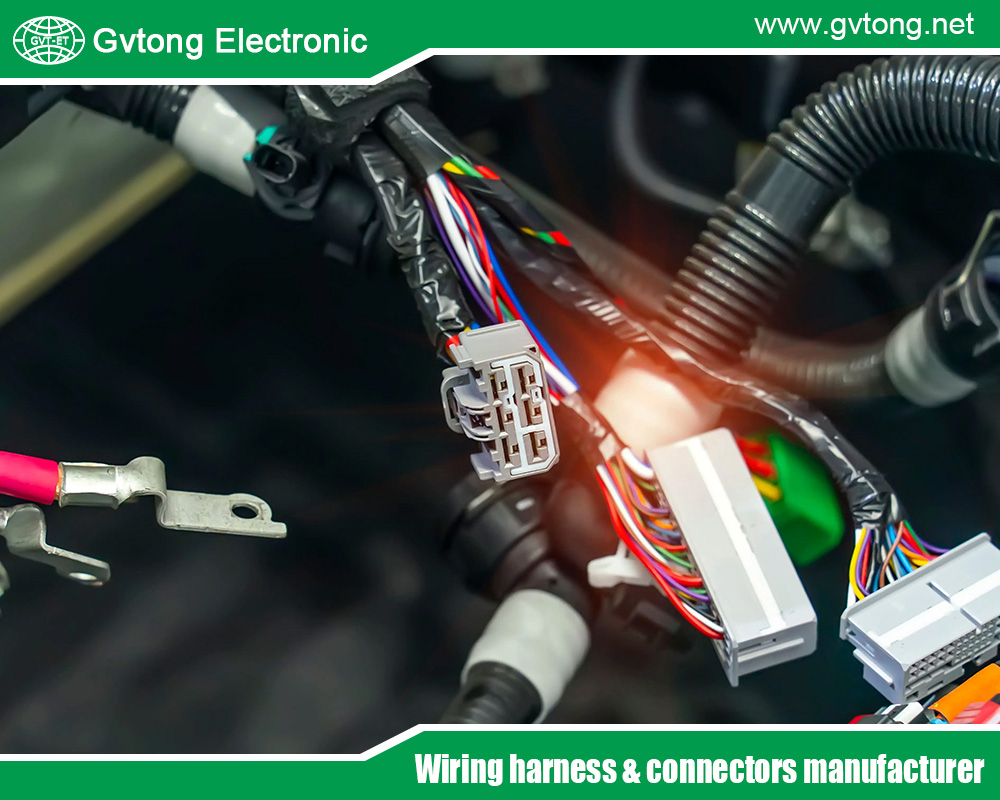
Conclusion
Seizing the automotive connector market requires a multifaceted approach: innovating for electrification and ADAS, prioritizing quality, expanding globally, embracing sustainability, and forging partnerships. With the market poised for steady growth amid challenges like supply disruptions, agile manufacturers will thrive. The future belongs to those who anticipate trends and act decisively, turning opportunities into sustained leadership.
For more about how can automotive connector manufacturers seize the market, you can pay a visit to Gvtong at https://www.gvtong.net/ for more info.
Recent Posts
How Automotive Multi-Pin Connectors Work?
How Modular Automotive Connectors Power the Modern Automotive Revolution
Tags
Recommended Products
-
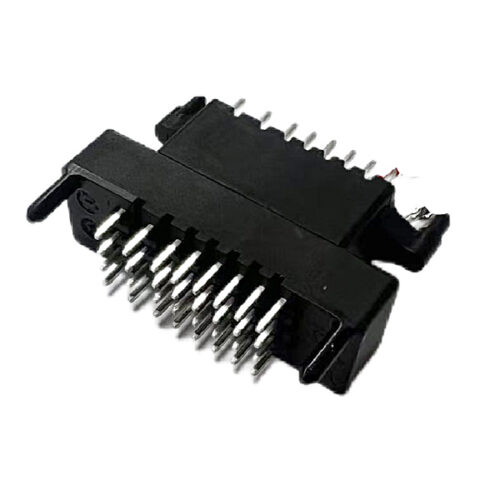
GE Series-32pin signal connector
-
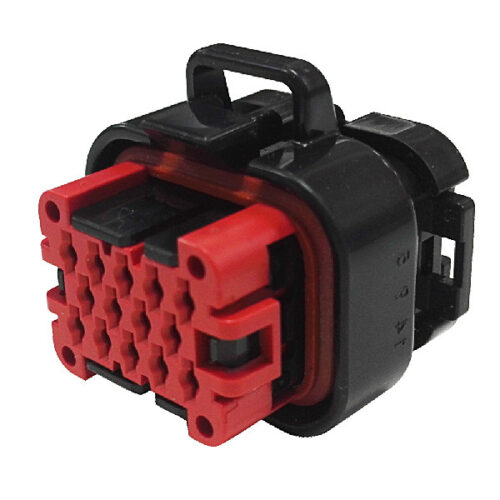
GE Series-14-core three-row signal connector
-
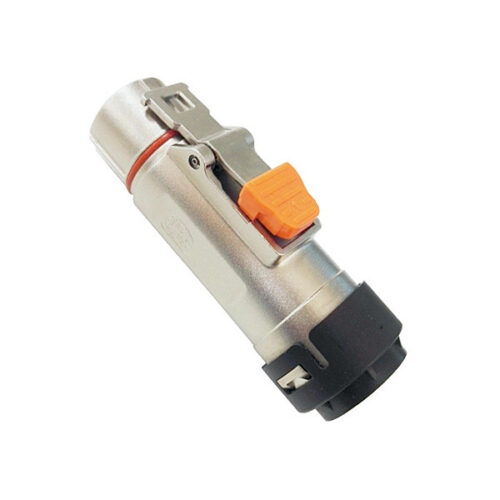
Straight metal connector-10mm-single core
-
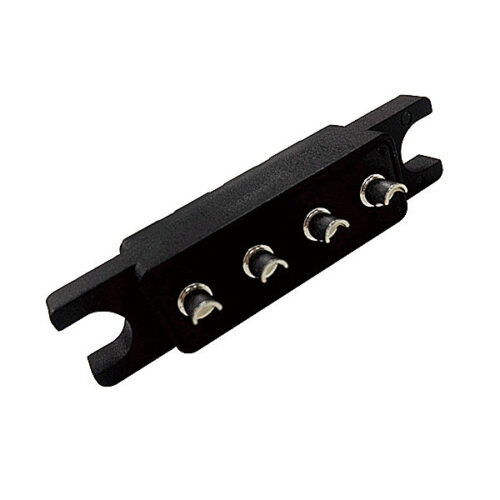
11-pin power connector
-
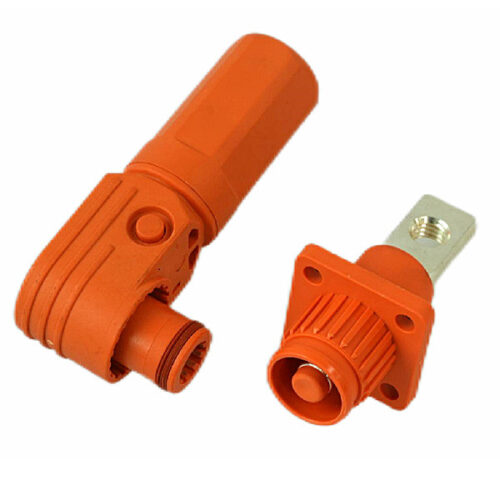
GB Series-Energy Storage Connector-8.0mm
-
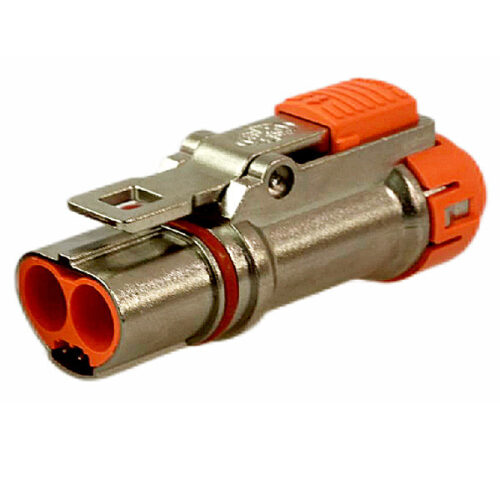
GM Series-3.6mm-2-core Metal Connector
-

GE Series-10PIN Right Angle Connector Socket
-

Automotive FAKRA Connector – Board End, DC to 3GHz From RF Connectors And Cables Manufacturer In China
